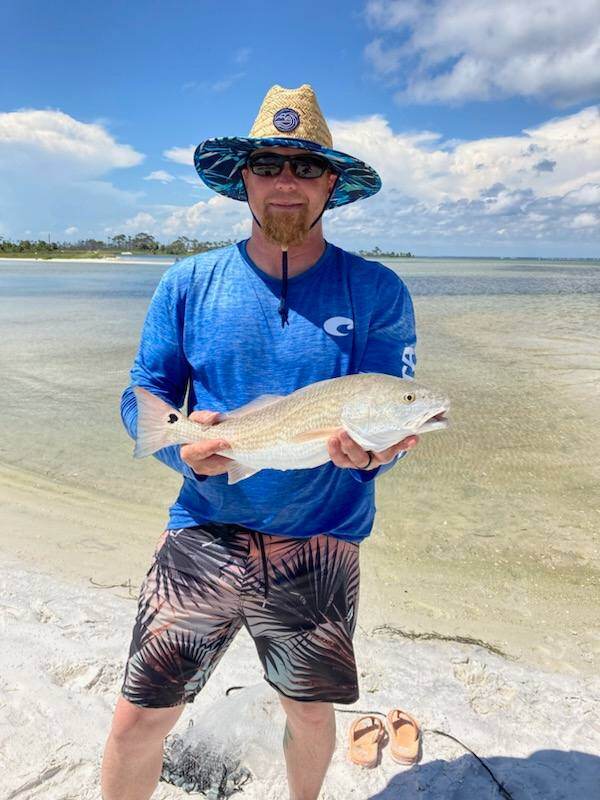Freestone rivers, those beautiful, untamed waterways that are fed by snowmelt and rain, offer fly anglers a unique challenge. These rivers, like Colorado’s Eagle River and Roaring Fork, are constantly in flux. Their flows can change dramatically with weather patterns, making adaptability key for anglers. Understanding the nature of freestone rivers and how to navigate their changing flows is critical to a successful day on the water.

What Makes Freestone Rivers Unique?
Freestone rivers get their name from the stony substrate that lines their beds. They rely entirely on natural sources—rainfall, snowmelt, and tributaries—meaning they’re at the mercy of Mother Nature. Because of this, freestone rivers can vary dramatically in water temperature and flow More info: Fish Untamed.
- Spring and Summer: As snow melts, freestone rivers experience high flows, often becoming fast and muddy during runoff.
- Fall and Winter: Water levels drop, flows slow down, and the rivers become clearer. Winter fishing is often more accessible, but you’ll find much lower water temperatures.
Adapting to Flow Changes
Freestone rivers demand flexibility in your fishing approach. Here are some key strategies to deal with changing flows:
Watch the Weather: Weather can quickly turn a clear freestone river into a muddy torrent. A few days of rain or snowmelt can raise water levels and stir up silt. Use tools like stream flow gauges to track water levels and decide when conditions are right.
Pick the Right Flies: During high flows, trout are often pushed to the river's edges, where currents are slower. Using streamers and larger flies during runoff can help attract trout in these challenging conditions. In lower flows, dry flies and smaller nymphs work well when fish are more active and water is clearer.
Focus on Structure: Freestone rivers are rich with natural structure—pocket water, boulders, and riffles—that provide great holding spots for trout. As flows fluctuate, fish tend to move from the faster currents into these pockets of slower water. Casting to these areas will give you the best shot at success.
.png?width=1920&height=1080&name=Untitled%20design%20(47).png)
Adjusting Your Fishing Techniques
Freestone rivers make anglers work for their rewards. Here are a few tactics to keep in mind when fishing these wild waters:
Embrace Opportunistic Fish: The fish in freestone systems are often less selective than in tailwaters, especially after weather events. Use bigger, bolder flies when conditions get tough, like stonefly nymphs and terrestrials in late summer.
Keep Moving: Freestone rivers, especially during periods of runoff, can have widely varying conditions within short stretches. If a pool or run isn’t productive, avoid moving upstream or downstream and trying different water types.
Pro Tips
Freestone rivers, while unpredictable, provide some of the most exciting and rewarding fly fishing experiences. You can turn these challenges into opportunities by understanding their seasonal patterns and adapting your tactics to match changing flows. Whether casting into the frothy pocket water of a summer freestone or nymphing the slower eddies during fall, the adventure of freestone fishing is like no other.
.png?width=300&height=100&name=Copy%20of%20Rise%20Beyond%20Logo%2012.31.24%20(300%20x%20100%20px).png)

.png)
.png)
-1.png)